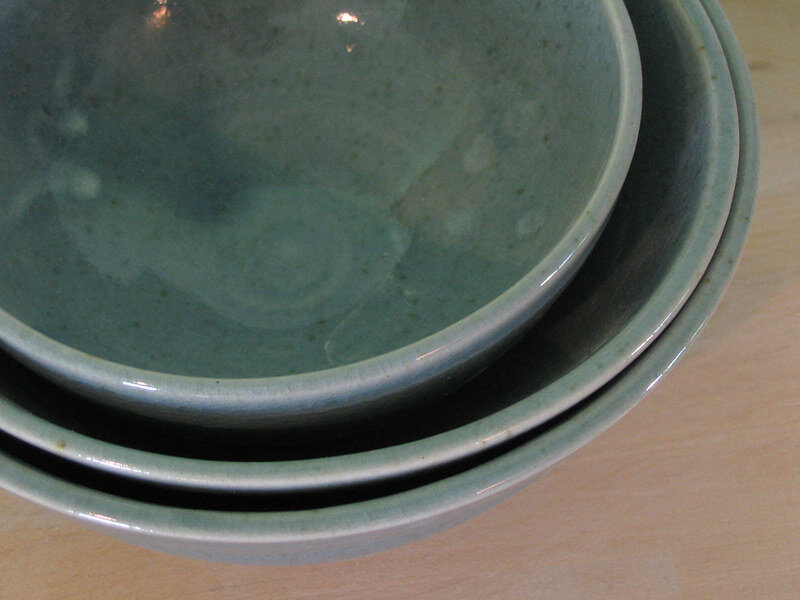Kitchen Tools & Equipment: Episode 7 - Mixing Bowls
A bowl’s a bowl, right? Anything will do. Well, yes and no. A small job in a big bowl works. A big job in a small bowl? Well now we have a problem…but even that can be worked out if you think it through. How many bowls does anyone really need? What sizes, materials, and what types? You’re either like my mother who can make do with very little or you’re like me and like to have options. This is completely up to you. I have, over the last 30 years, accumulated a wide range of bowls and I’ve thrown out my share too. Some were worn out, some broken, and others were, well, destroyed by me doing things I really should not have tried to do, to begin with, but I was desperate! In a rush or something wasn’t going my way and I did whatever I had to to make something work. Sometimes the sacrifice was worth it, other times…not so much. If you’re an experimenter like me, you’ll understand where I’m coming from!
Stainless steel, Plastic, and Glass
These are the most common materials you’ll find that bowls are made of. My personal choice is stainless steel. It might be because when I first started working in a commercial kitchen all the bowls were stainless steel. I didn’t realize how practical they are until I started using them and I like the idea of having many so that I can pre-measure ingredients or use them when I’m prepping for meals. I find it makes cooking easier and because they’re easy to wash up, I don’t mind that I tend to use several at a time. They’re lightweight, don’t break if you drop them, heatproof, can go in the oven or directly on the heat, not expensive…need I go on, or do you get my point? I like stainless steel bowls.
Plastic is lightweight and won’t break when you drop it just like stainless steel but it can’t go on the heat and I don’t recommend using it in the freezer. As the contents and the bowl thaw, the plastic tends to release some of the chemicals that can leach into your food. We don’t want that so avoid freezing in plastic and use glass or stainless steel instead. I also don’t recommend you use plastic when using high acid foods like lemon juice. If you are using lemon juice, don’t leave it in a plastic bowl too long…it will eat away at the plastic. Yes! It can literally dissolve the plastic, releasing its chemicals, and now both the juice and bowl have to go. How do I know this? Did it! A long time ago but I’ve never forgotten it. I use plastic very rarely…this is true for all my kitchen tools!
Ceramic and porcelain bowls…
I reserve these for serving my food. Like glass, they are heavy and sometimes difficult to manage when full. Also, if they get chipped or cracked, they should not be used because they could harbour bacteria and the internal material is now exposed. You won’t really know what the interior was made of because it’s the outer coating that is safe to be in contact with your food.
Glass is a good choice, for small jobs. They are heavier than stainless steel and if your hands are wet or the bowl is, it could slip from your hands. If you choose a glass bowl, you need to consider whether or not you can, not only, lift it but maneuver it for the job at hand, like making a cake batter and not being able to pour and scrape the batter from the bowl to the cake pan. You might be able to one or the other but not both at the same time…you would need a third hand! This is a case where stainless steel bowls are a better choice because they are much lighter…save the glass for the lemon juice! This might seem like a small thing now but when you’re in the middle of making something and the bowl slips out of your hands, breaks and you now have a mess on your hands mixed in with some broken glass, which means everything will end up in the garbage, the food you’ve prepared and the bowl… you’ll wonder why you didn’t choose a different bowl.
Regardless of what types of bowls you choose, just be sure that they work for you. Being in the kitchen doesn’t have to be hard work. Just remember to always choose the tools and equipment that work best for you. You are the one doing all work!





